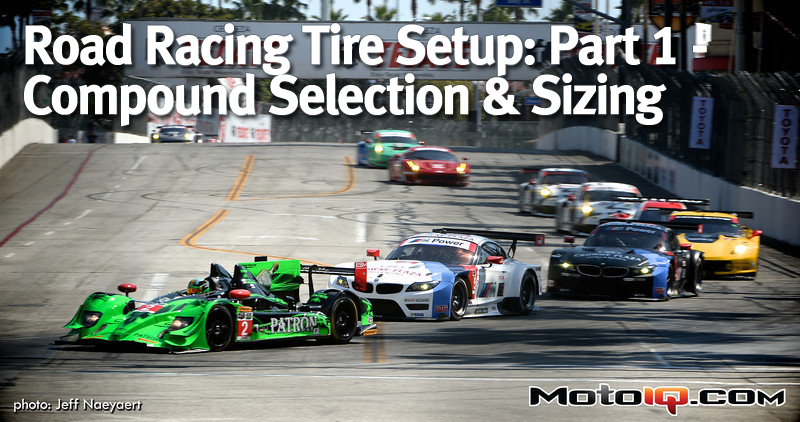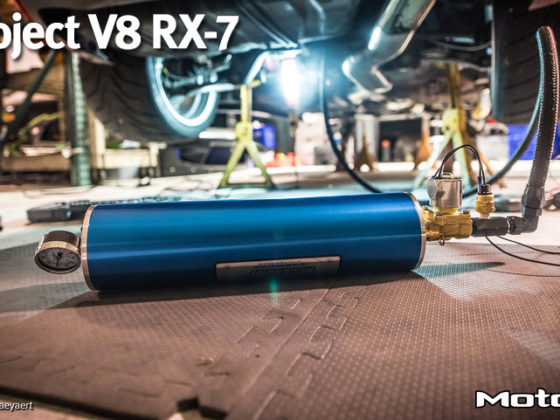
Road Racing Tire Setup Part 1: Compound Selection & Sizing
by Steve Rockwood
Tires. Every road racer has them on his or her mind. If things are going well, tires are the car’s only interface with the track, making tire choice the single most important decision a road racer can make. Unsurprisingly, their price reflects their importance: over a season, short of wrecks and major mechanical overhauls, more money is spent on tires than on any other item for the car. Better make it count.

It’s a tough decision, one compounded by what car you’re driving, what class it’s in, what your budget is, where you race, who you race, what type of racing you do, and how much you tend to hoon it up on the track. For the manufacturer, tires are an exercise in design compromise. Rubber can be optimized for wear, grip, temperature and weather conditions. Unfortunately, they can’t be engineered to be good at everything, and this is doubly true for the DOT R-compound tires most of us club racers and weekend warriors run.

The first, and most obvious, compromise in tire design is in grip versus longevity. Want to see how quickly you can make money evaporate? Go throw the stickiest tire you can buy on your car and run an endurance race. Extra points if, like me, you tend to be a little rough on the equipment:

What you run for tires depends on what type of racing you’re going to subject the poor bastards to. An endurance racer is going to want to run something grippy, but also long-wearing and forgiving like the R888 or RA-1.




